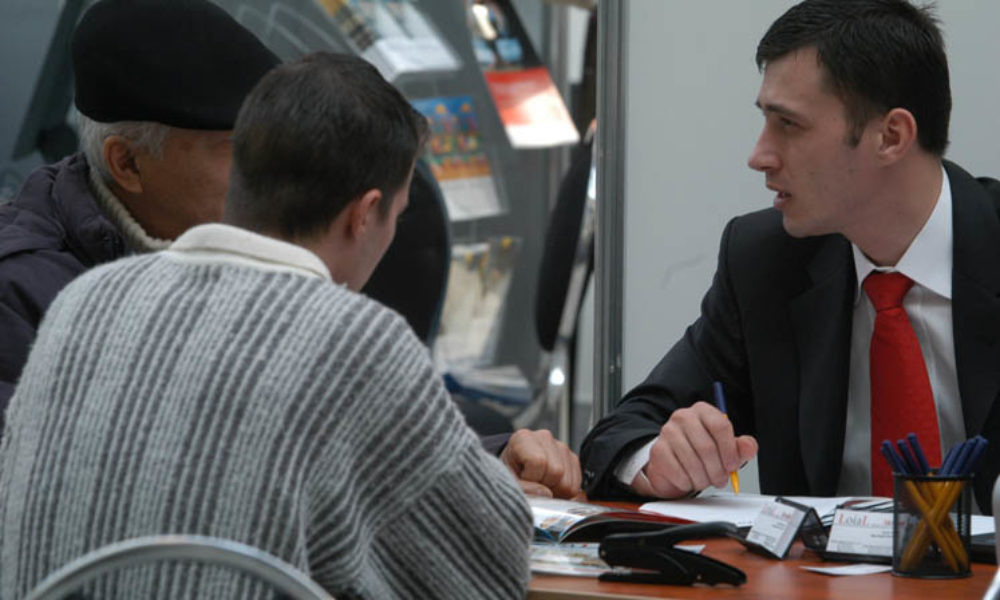from the Drava plains to the Julian Alps
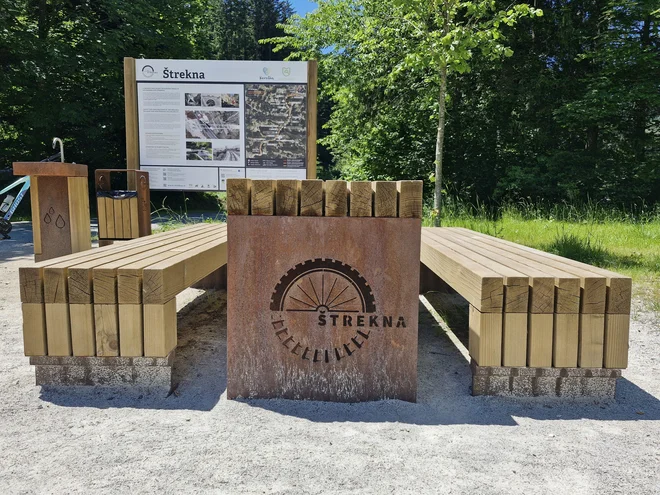
The popularity of cycling is undoubtedly increasing due to success Tadeja Pogacar and Primož Roglič – The first among loved ones in Slovenia is mentioned by Krvavec, and the second is also the Zasavska Holy Mountain. The popularity of cycling is also aided by the beautiful and varied landscape and more and more well -maintained cycling routes.
Already in March, in fine weather, individuals opened the cycling season on cycling lanes and on the roads, so we looked at what are the most beautiful cycling routes in our country. Of course, the choice depends on standby and cycling, so we highlight those that can cycle with children, as well as a little more demanding.
It is important to us that a family with children, cyclists can go on a trip, 30 to 50 kilometers a day, and at the same time visit everything that is possible: from rafting, swimming and rowing to other experiences offered by places along the way.
Karmen explanations
Strekna: 35 kilometers, 3 hours
If driving through a severe car hole is not the most comfortable, it is completely different with a bike. Last year, they opened the last part of the cycling line from Velenje to Dravograd. This place was once connected by the railway, but now, according to her « strekni » (Štrekna is a conversational word for the railway track), a cycling track is driven, which is suitable for everyone, even for the youngest cyclists due to the minimum slope.
It is 35 kilometers long, paved, uniformly marked and separate from traffic. Last year, the open section leads through four tunnels and across four overpasses, avoiding the main road. Just being separated from the main road is one of the great advantages, last year for Work said Uroš RozmanPresident of the Slovenj Gradec Tourist Association. The trail is very well regulated, with water supply stops and a presentation of the construction of the cycling route and the rich history of the former railway line.
The most attractive are certainly the tunnels through which it is flowed, of which 422 meters are the longest tunnel of a severe hole. The path through it is pleasantly cool, slightly illuminated, just enough to see a cyclist who may lead to opposite. Also interesting are the ride on the overpass and the observation of traffic. The section to Mislinja is certainly the most vibrant and interesting, but further along the track towards Slovenj Gradec opens the view of Pohorje and Uršlja Gora. In the summer on weekends back to the starting point, a special bus can be brought. Aspiring and physically prepared cyclists, however, can continue their journey. In Dravograd, Štrekna attaches to the Drava cycling route.
Not only is the modern, picturesque cycling route, it is also a treasure trove of technical heritage. Photo: Beti Burger
Drava Cycling Trail: 510 kilometers, 2 to 4 days
Along the Drava, which measures as much as 710 kilometers in length, 510 kilometers of cycling routes are arranged in four countries (Italy, Austria, Slovenia and Croatia), including 145 kilometers in Slovenia. Dravska is considered one of the most beautiful in Europe, considering natural beauty and cultural diversity.
It is divided into six stages in the territory of Slovenia and Croatia, of which four and a half stages are in Slovenia: Dravograd -Radlje ob Dravi (29 km), Radlje ob Dravi -Maribor (45 km), Maribor -Ptuj (30 km), Ptuj -Ormož (28 km), then headed from Ormož towards Varaždin. Due to the ascent on the section between Podvelka and Fala, the route is suitable for better prepared cyclists, and the use of the train is recommended for the rest for bridging this section. The remaining parts are also suitable for less prepared cyclists. The route is fully marked with red tablets with a common logo of all four countries.
As it is for Work explanations Karmen explanations From the Regional Development Agency for Podravje – Maribor, the Drava Bike app is available (for the Slovenian and Croatian part, ie 210 kilometers), the stages are divided into 30 to 50 kilometers, so that they are suitable for family multi -day trips. « It is important to us that a family with children, cyclists can go on a trip, 30 to 50 kilometers a day, and at the same time visit everything that is possible: from rafting, swimming and rowing to other experiences offered by places along the way. »
The latter are particularly promoted by cities that have the most cultural and other offers, namely Maribor, Ptuj and Varaždin. According to Karmen Razlag, the most popular is certainly the Maribor -Ptuj stage, there are the most visitors and the locals, as it is primarily a cycling line for locals. “Two parts are really the most popular, this is the stage between Maribor and Ruša, especially between Limbuš and Ruše, which has been named the cycling highway. The route between Maribor and Ptuj is also popular, as it is possible to cycle on both sides of the river. «
Juliana Bike: 290 miles, 5 to 7 days
From Rijeka to Mountains: For those who like to cycle, they like to look at our highest peaks, the ideal circular Julian Bike Turnro -Cycling Trail is. It is part of the Slovenian College Trail and leads around the Julian Alps. As can be seen from the WTO website, it is led on local roads, cycling tracks, forest trails and cart tracks through sensitive natural habitats. That is why it requires a lot of respect for cyclists – both to residents and landowners and the environment in which they cycle. The route leads, among other things, through protected areas of Natura 2000, UNESCO and the Triglav National Park.
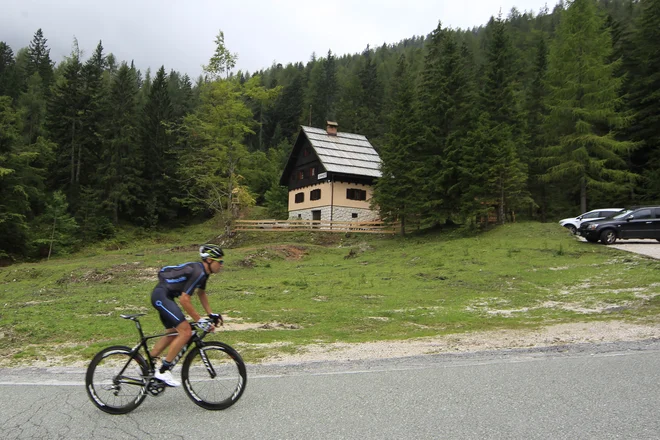
The Juliana stage from Kranjska Gora to Bovec is 63 kilometers long. Photo: Leon Vidic
Julijana Bike is quite demanding, the total height difference in the rise is 8500 meters, and the average height difference of the stage in the ascent is 1375 meters. It consists of seven stages (three more are accessories), an average of 40 kilometers long, starts in Bohinjska Bistrica and across Goreljek leads to Pokljuka, overgrown with spruce forests. From here it descends to the mountains and leads to the picturesque valley of the Radovna River to Mojstrana. There, cyclists can stop at the Slovenian Mountain Museum, where they get good insight into the diverse history of mountains.
In Mojstrana, they can also go on a remote cycling route that leads to Kranjska Gora. Across the Vršič Mountain Pass, one of the major challenges along the way, the cyclist drives to the other side, to the Soča Valley – first to Bovec and then to Tolmin. Through Zakojca, however, it comes to the Cerkno side. From there, the path to Podbrdo and across Soriška planina back to Bohinjska Bistrica.
To Vršič on 7. June can also be given with a pony – In the context of the Red Bull Goni Pony Challengewhich has been preparing for the eleventh consecutive year.
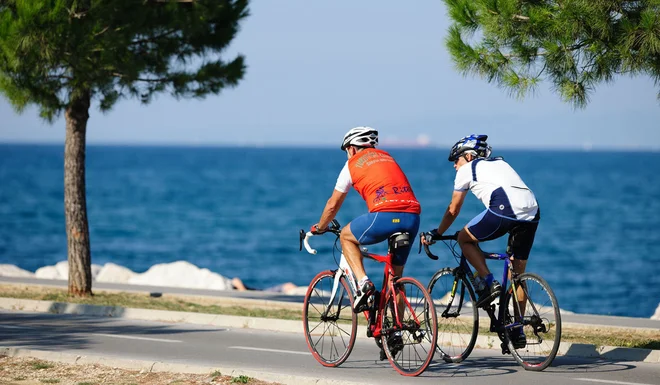
In Slovenia, a considerable part of Parenzana takes place by the sea. Photo: Parenzana
Via White Landscape: 185 kilometers, 17 hours
To move away from the hustle and bustle, the cycling route through Bela Krajina, which leads between the birches and the wine -growing hills all the way to the green Bela krajina beauty – the Kolpa River, which offers a pleasant refreshment in the summer. On the 185 -kilometer drive along the slopes of the Kočevje Forest, along the Kolpa plains, all the way to the vineyards of renowned Bela krajina winemakers, cyclists can be filled with energy. According to the website, they can choose the starting point at any starting point and draw their own exploration. Among other things, they can stop at Vinica where the house is Otto Župančičand they get to know his life and work in detail.
The trail is moderately demanding and suitable for MTB trek or bikes.
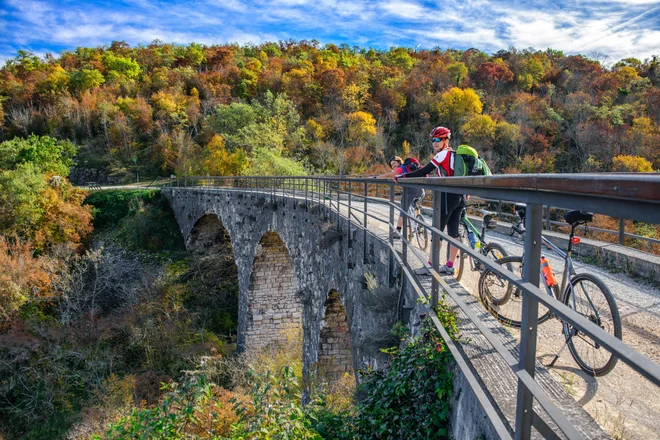
The Istrian cycling route connects three neighboring countries, Italy, Slovenia and Croatia. Photo: Alexander Gospič
Porečanka/Parenzana: 129 kilometers, 1 to 4 days
Back to the railway. Similar to Štrekrna, the former railway route takes place by Porečanka/Parenzana (also called the Way of Health and Friendship), some call it Istrian. The route that takes a rider from Trieste to Poreč can be traveled in one day or to stay much longer, depending on the budget.
It connects three neighboring countries – Italy, Slovenia and Croatia. The Slovenian part of the trail is suitable for mountain and trekking bicycles, according to the WTO, since it is mostly directed by macadam. Along the way, cyclists can stop in picturesque Slovenian seaside towns: Koper, Izola or Piran. In addition to the seaside towns, for those who have chosen this route as tourists, a suitable visit to the Škocjanski Strand or the Sečovlje Salt -pans are appropriate. They can explore the Istrian hinterland and the goodies of Istrian cuisine.
As in Flight years ago wrote Miroslav CvjetičaninMiles are the most beautiful village all over the path of Parenzana. « It’s really great, but there are so many beauties in between that the cyclist is breathing, even at two hundred pulse. »

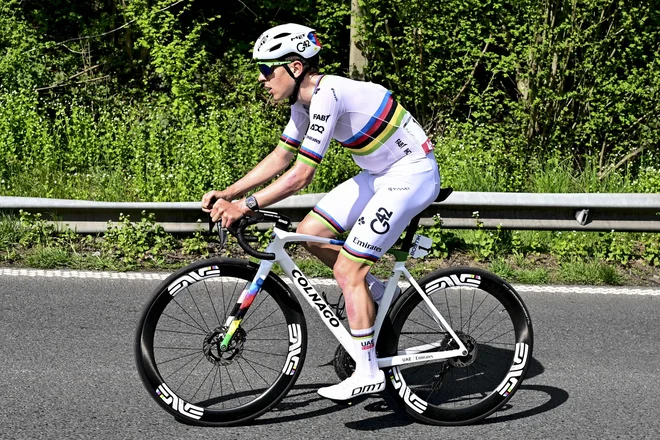


/s3/static.nrc.nl/images/gn4/stripped/data133372051-267d68.jpg|https://images.nrc.nl/0bsgpB5XiAI8ebNfWWSi4LLYU0k=/1920x/filters:no_upscale()/s3/static.nrc.nl/images/gn4/stripped/data133372051-267d68.jpg|https://images.nrc.nl/baUmKbJDqAIQAskn2-jIhwqGa4w=/5760x/filters:no_upscale()/s3/static.nrc.nl/images/gn4/stripped/data133372051-267d68.jpg)
